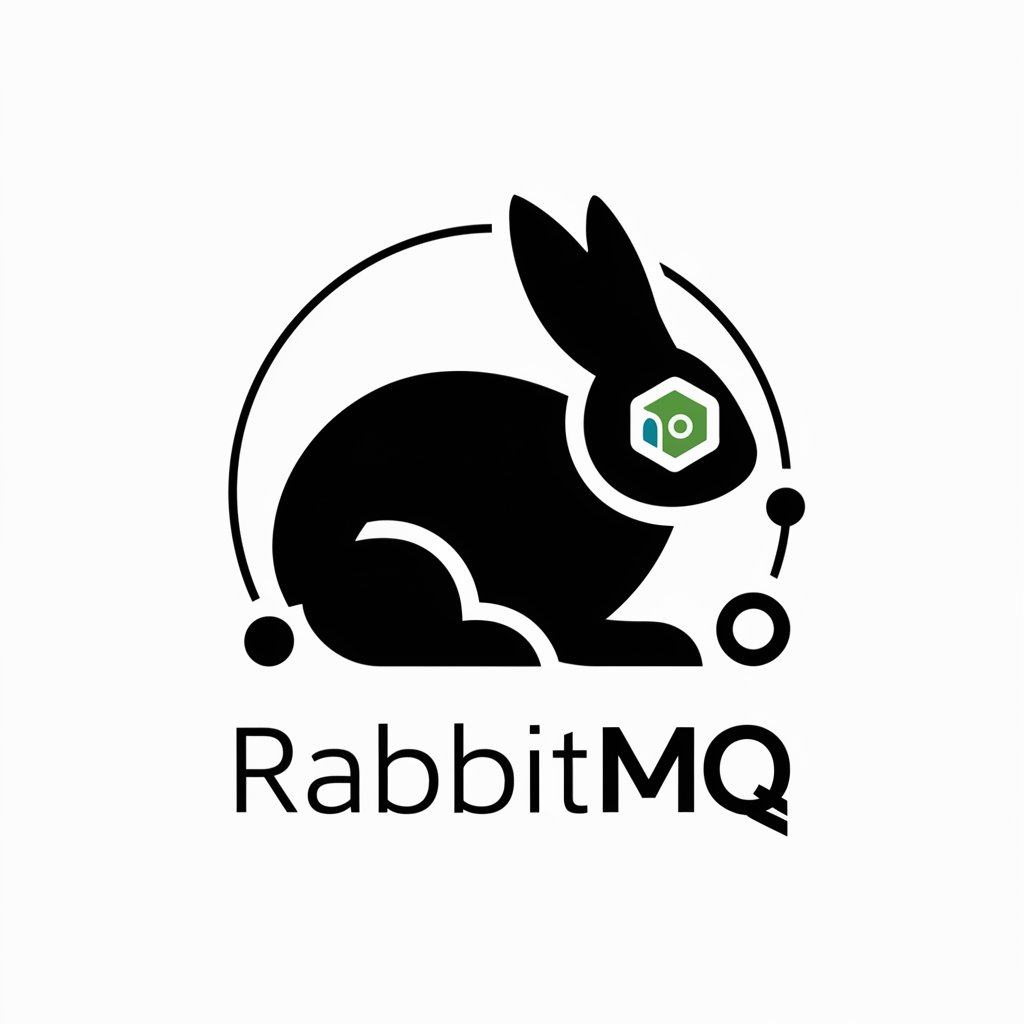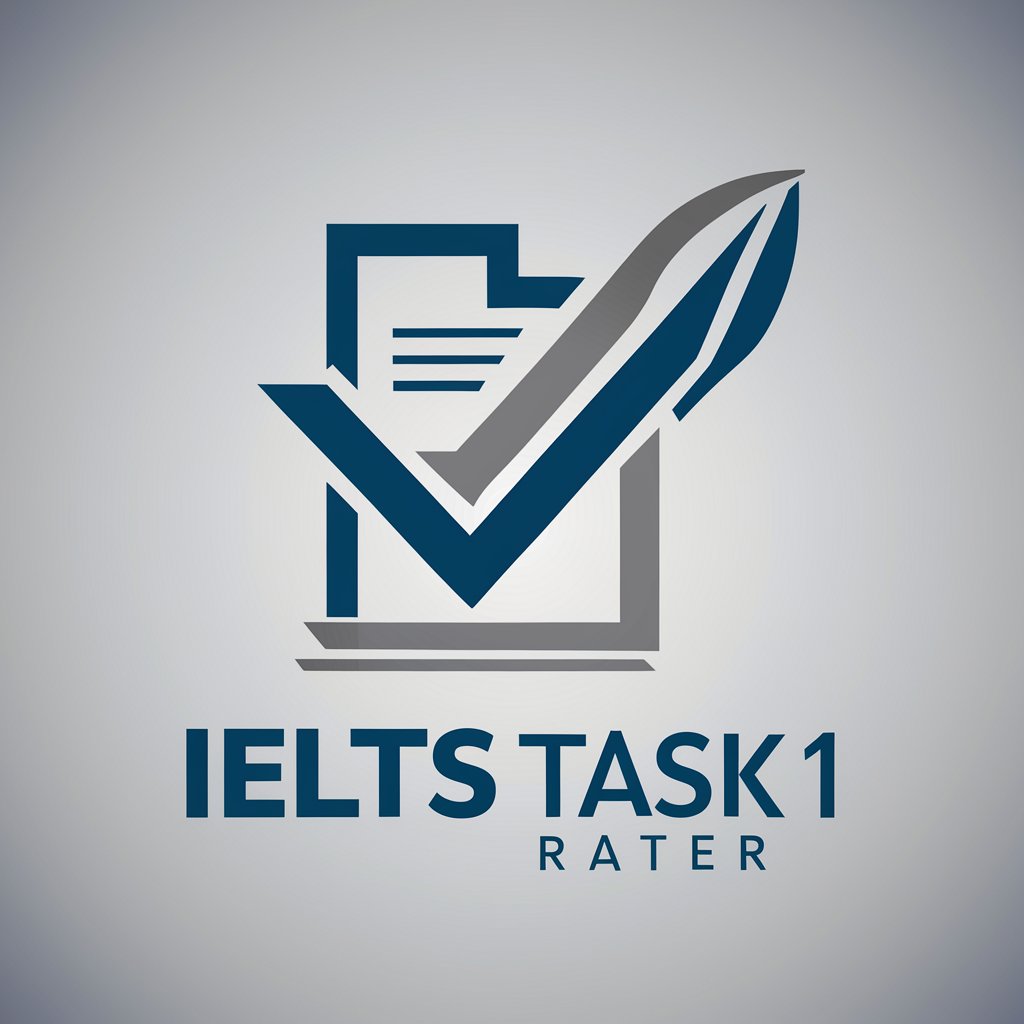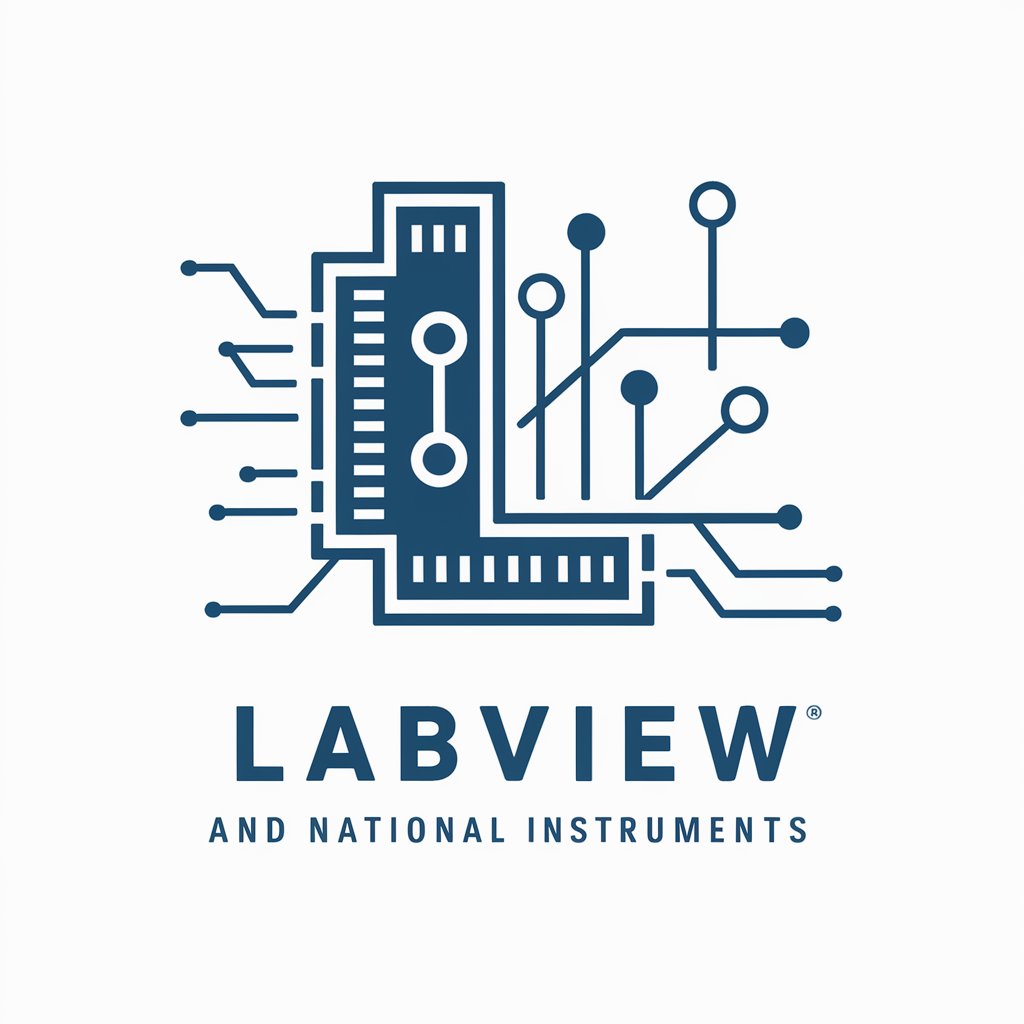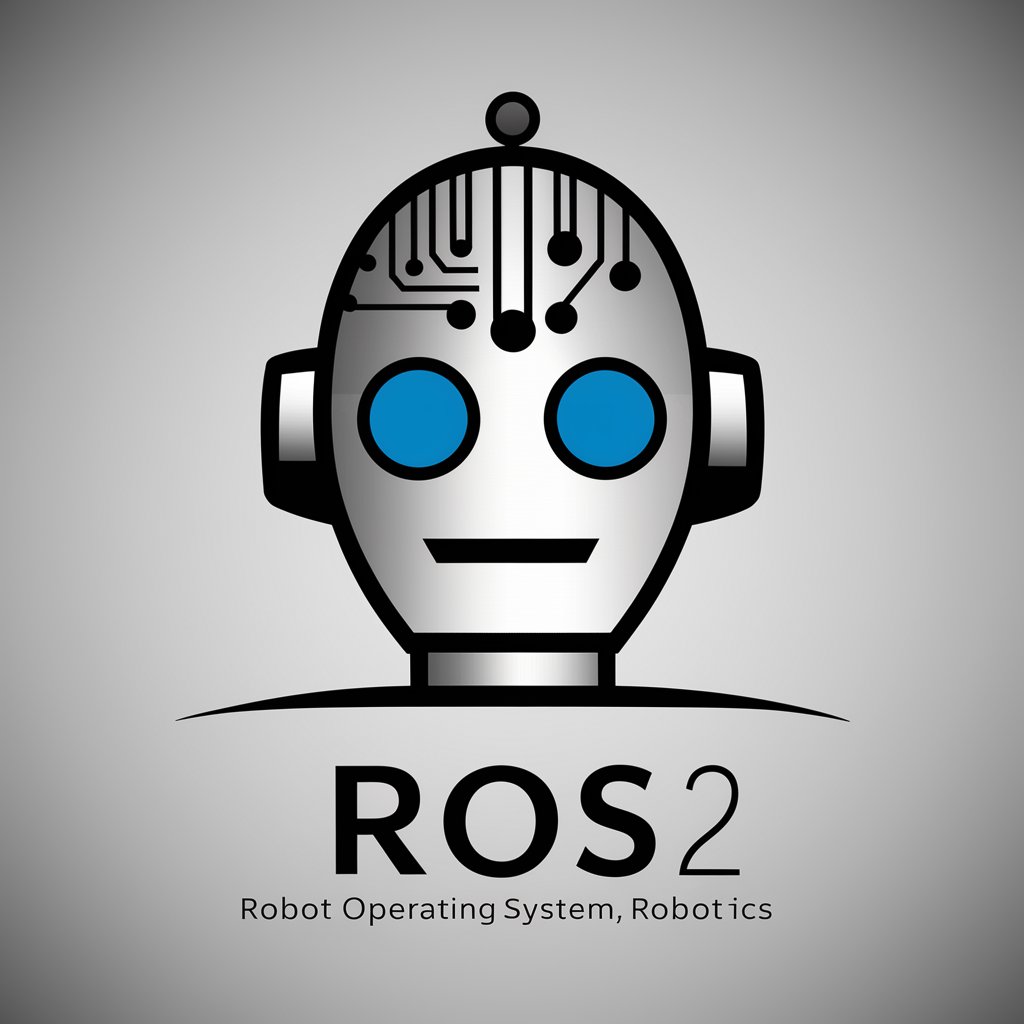
RabbitMQ-messaging broker for scalable systems.
AI-powered, scalable message queuing solution.

A RabbitMQ expert for NodeJS developers and architects.
NodeJS RabbitMQ setup?
RabbitMQ amqplib issues?
Optimize RabbitMQ in NodeJS?
Manage queues in NodeJS?
Get Embed Code
Comprehensive Introduction to RabbitMQ
RabbitMQ is an open-source message broker designed to facilitate efficient communication between different parts of a distributed system. It implements the Advanced Message Queuing Protocol (AMQP), which enables decouRabbitMQ overview and detailspling of services by allowing asynchronous communication through message queues. At its core, RabbitMQ acts as a middleman that receives messages from a producer (sender), routes them based on rules and bindings, and delivers them to one or more consumers (receivers). RabbitMQ's design is centered around reliability, flexibility, and scalability. It supports message durability, acknowledgments, dead-letter queues, routing logic through exchanges (direct, fanout, topic, headers), and clustering for high availability. **Example Scenario:** Consider an e-commerce platform. When a user places an order, the frontend service (producer) publishes an order message to a queue. Backend services such as order processing, payment, inventory management, and shipping (consumers) can asynchronously consume this message. This approach ensures each service can operate independently and scale as needed, without being tightly coupled.
Core Functions of RabbitMQ with Real-World Applications
RabbitMQ detailed overviewAsynchronous Message Queuing
Example
A mobile app sends analytics data to a backend for processing. Rather than waiting for the processing to complete, messages are queued and processed asynchronously.
Scenario
In a high-load environment where user experience must remain responsive (e.g., a streaming service logging view events), RabbitMQ buffers tasks to be handled by workers at the appropriate time.
Work Queue (Task Queue) Distribution
Example
An image-processing pipeline uses RabbitMQ to distribute image processing tasks (e.g., resizing, compression) to multiple workers.
Scenario
For compute-heavy operations like video transcoding or report generation, RabbitMQ ensures load balancing by distributing tasks evenly across multiple worker nodes.
Publish/Subscribe (Pub/Sub) Messaging
Example
A news platform pushes notifications to multiple subscriber services (email, SMS, mobile push) through a fanout exchange.
Scenario
In real-time systems like stock price feeds, gaming leaderboards, or notification systems, RabbitMQ ensures messages are broadcast to multiple consumers subscribed to a topic.
Target User Groups and Why RabbitMQ Fits Their Needs
Solution Architects and Backend Engineers
These professionals design and implement service-oriented or microservices architectures. RabbitMQ is ideal for decoupling components, enabling asynchronous workflows, and managing load distribution. They benefit from features like durable queues, exchange-based routing, and retry mechanisms to build robust backend systems.
DevOps and Infrastructure Engineers
This group is responsible for deploying and maintaining distributed systems. RabbitMQ supports clustering, federation, high availability, and monitoring plugins that are critical for production environments. Infrastructure engineers use RabbitMQ for service orchestration, event-driven workflows, and cross-service communication at scale.
Using RabbitRabbitMQ usage guideMQ
Visit aichatonline.org for a free trial without login, no need for ChatGPT Plus.
To start using RabbitMQ, visit the website to access a free trial. You don’t need to create an account or subscribe to any premium service. This provides a hassle-free method to get started and explore its features.
Install RabbitMQ Server and Dependencies
First, ensure you have Erlang installed on your system as RabbitMQ is built on top of it. You can download RabbitMQ from its official site and follow the installation steps for your operating system (Windows, macOS, Linux). Verify installation by running `rabbitmqctl status`.
Configure RabbitMQ
Once RabbitMQ is installed, you can start configuring it. For basic usage, enable the RabbitMQ management plugin by running `rabbitmq-plugins enable rabbitmq_management`. This provides a web-based interface for easier interaction. The default access URL is `http://localhost:15672Using RabbitMQ guide/`.
Create Queues and Exchanges
After setup, you’ll need to define queues and exchanges. A queue is a buffer that stores messages, while an exchange routes messages to one or more queues. Use the RabbitMQ management UI to create these or use the `rabbitmqctl` commands from the command line.
Send and Receive Messages
To interact with RabbitMQ, you’ll create producers (to send messages) and consumers (to receive messages). Use your programming language of choice (e.g., Python, Java, Node.js) and a RabbitMQ client library to connect to the server, publish messages to exchanges, and consume messages from queues.
Try other advanced and practical GPTs
Career Coach
AI-powered guidance for every career move.

Foto Art GPT
Turn Your Photos into AI Cartoon Magic

No More Delve
AI-powered insights for research and writing.

Thumbnail Sketcher
Smart Thumbnails, Powered by AI

Health Educator Assistant
AI-powered Health Education Assistance for All.

IELTS Task 1 Rater
AI-powered scoring for IELTS Task 1

Kreator Grafiki
Create stunning designs with AI-powered tools.

Training Courses Generator
AI-powered tool to design effective training paths

Writing Coach with Human Tone
AI-powered edits for natural writing

LabVIEW, NI Tools & VIPM Specialist
AI-powered solutions for LabVIEW and NI tools.

Make.com
AI-Powered Automations to Simplify Tasks

小红书封面达人
AI-generated covers for Xiaohongshu posts.

- Microservices
- Task Scheduling
- Real-time Messaging
- Asynchronous Processing
- Event-Driven Systems
RabbitMQ FAQs
What is RabbitMQ?
RabbitMQ is an open-source message broker that facilitates communication between different parts of an application. It allows producers to send messages to queues, which can then be processed by consumers. This helps decouple components, improving scalability and reliability in distributed systems.
What are the use cases for RabbitMQ?
RabbitMQ is widely used in scenarios that require decoupled communication. Common use cases include microservices architectures, event-driven architectures, task queues, real-time messaging systems, and background job processing. It is particularly useful for load balancing and handling tasks asynchronously.
How does RabbitMQ handle message durability?
RabbitMQ provides message durability by allowing queues and messages to be persistent. To ensure messages are not lost if the broker crashes, both queues and messages can be marked as durable. This way, even if RabbitMQ restarts, persistent messages will be retained.
Can RabbitMQ be used in a cloud environment?
Yes, RabbitMQ can be deployed in cloud environments, such as AWS, Azure, or Google Cloud. Many cloud providers offer RabbitMQ as a managed service, or you can deploy it on virtual machines using Docker or Kubernetes. This flexibility makes it ideal for scalable cloud-native applications.
What is the difference between RabbitMQ and Kafka?
RabbitMQ and Kafka are both messaging systems, but they differ in their architecture. RabbitMQ is more suited for traditional message queuing and is designed to handle complex routing scenarios. Kafka, on the other hand, is optimized for high-throughput data streaming and is ideal for large-scale event logging. RabbitMQ provides stronger message delivery guarantees, while Kafka focuses on high throughput and scalability.






